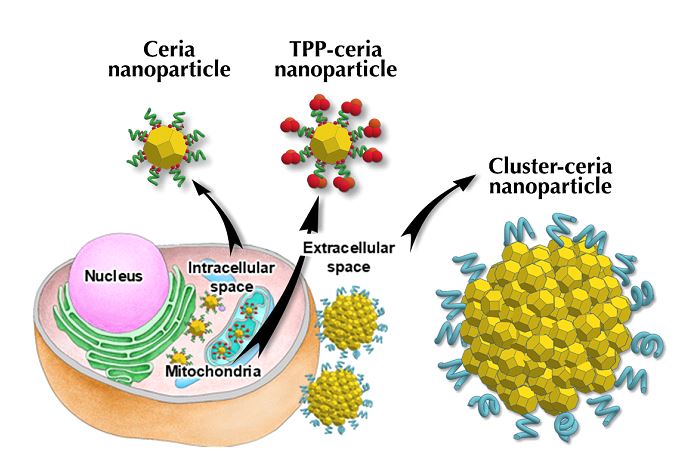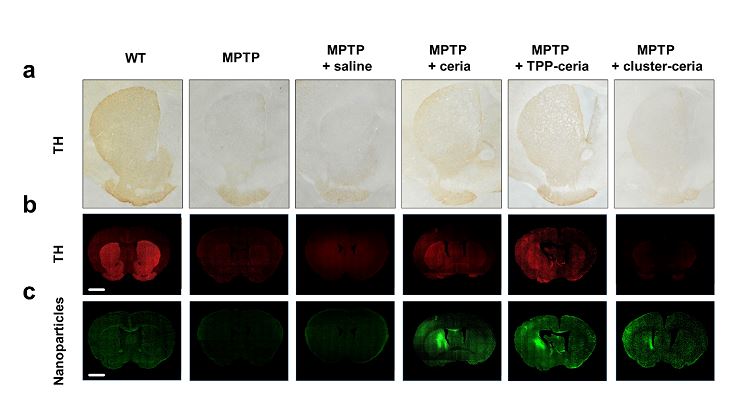주메뉴
- About IBS 연구원소개
-
Research Centers
연구단소개
- Research Outcomes
- Mathematics
- Physics
- Center for Theoretical Physics of the Universe(Particle Theory and Cosmology Group)
- Center for Theoretical Physics of the Universe(Cosmology, Gravity and Astroparticle Physics Group)
- Center for Exotic Nuclear Studies
- Dark Matter Axion Group
- Center for Artificial Low Dimensional Electronic Systems
- Center for Underground Physics
- Center for Axion and Precision Physics Research
- Center for Theoretical Physics of Complex Systems
- Center for Quantum Nanoscience
- Center for Van der Waals Quantum Solids
- Center for Relativistic Laser Science
- Chemistry
- Life Sciences
- Earth Science
- Interdisciplinary
- Center for Neuroscience Imaging Research(Neuro Technology Group)
- Center for Neuroscience Imaging Research(Cognitive and Computational Neuroscience Group)
- Center for Algorithmic and Robotized Synthesis
- Center for Genome Engineering
- Center for Nanomedicine
- Center for Biomolecular and Cellular Structure
- Center for 2D Quantum Heterostructures
- Center for Quantum Conversion Research
- Institutes
- Korea Virus Research Institute
- News Center 뉴스 센터
- Career 인재초빙
- Living in Korea IBS School-UST
- IBS School 윤리경영


주메뉴
- About IBS
-
Research Centers
- Research Outcomes
- Mathematics
- Physics
- Center for Theoretical Physics of the Universe(Particle Theory and Cosmology Group)
- Center for Theoretical Physics of the Universe(Cosmology, Gravity and Astroparticle Physics Group)
- Center for Exotic Nuclear Studies
- Dark Matter Axion Group
- Center for Artificial Low Dimensional Electronic Systems
- Center for Underground Physics
- Center for Axion and Precision Physics Research
- Center for Theoretical Physics of Complex Systems
- Center for Quantum Nanoscience
- Center for Van der Waals Quantum Solids
- Center for Relativistic Laser Science
- Chemistry
- Life Sciences
- Earth Science
- Interdisciplinary
- Center for Neuroscience Imaging Research(Neuro Technology Group)
- Center for Neuroscience Imaging Research(Cognitive and Computational Neuroscience Group)
- Center for Algorithmic and Robotized Synthesis
- Center for Genome Engineering
- Center for Nanomedicine
- Center for Biomolecular and Cellular Structure
- Center for 2D Quantum Heterostructures
- Center for Quantum Conversion Research
- Institutes
- Korea Virus Research Institute
- News Center
- Career
- Living in Korea
- IBS School
News Center
| Title | New Ceria Nanoparticles Attack Parkinson’s Disease from Three Fronts | ||
|---|---|---|---|
| Embargo date | 2018-07-29 12:00 | Hits | 2614 |
| Press release | |||
| att. | |||
New Ceria Nanoparticles Attack Parkinson’s Disease from Three Fronts- By removing reactive oxygen molecules, ceria nanoparticles reduce signs of Parkinson’s disease in mouse neurons - Researchers at the Center for Nanoparticle Research, within the Institute for Basic Science (IBS, South Korea), have developed a set of nanoparticles for Parkinson’s disease treatment. Tested in mice and published in Angewandte Chemie as a “hot paper”, this study represents the first biomedical application of nanoparticles in the clearance of reactive oxygen by-products in Parkinson’s, and gives new hints of therapeutic targets. In the future, the system is expected to be used in the identification and treatment of other pathologies caused by reactive oxygen species, including: cancers, cardiovascular diseases, neurodegenerative diseases, and sepsis. Parkinson's disease is characterized by the sudden degeneration and death of neurons that secrete dopamine in the brain. Accumulation of reactive oxygen species damages the neurons, by contributing to the onset of mitochondrial dysfunction, neuroinflammation, and neuronal death. The brain’s low antioxidant levels and abundance of lipids, make it more vulnerable to the side effects of reactive oxygen species, including free radicals. The oxidative stress caused by these molecules inside mitochondria, together with neuroinflammation due to intracellular and extracellular oxidative stress are considered important causes of Parkinson's disease. Until now, there has been no technique to selectively clear reactive oxygen species, nor to distinguish their effect according to their cellular localization. To solve these problems, IBS nanoparticle researchers have devised three types of ceria nanoparticles with different sizes and surface properties, capable of selectively removing reactive oxygen species from mitochondria, intracellular, and extracellular spaces. Ceria nanoparticles aimed at the intracellular spaces have a size of 11 nm, which is small enough to enter the cell, and a negative surface charge (ζ-potential: -23 mV) which prevents them from entering the mitochondria membrane. The ceria nanoparticle targeting oxygen free radicals in mitochondria are decorated with triphenylphosphonium (TPP), which confers them a positive surface charge of +45 mV. Finally, nanoparticle clusters of hundreds of thousands of 3 nm ceria nanoparticles with a size of 400 nm and a negative surface charge, are capable of removing reactive oxygen species while remaining outside the cell.
The nanoparticles delivered to a part of the brain, called corpus striatum, in mouse models improved the typical signs of Parkinson’s disease: neuro-inflammation, oxidative stress, and diminishing level of the enzyme tyrosine hydroxylase – a hallmark of Parkinson’s disease – which produces a dopamine precursor and affects mobility. Attacking oxidative stress and neuroinflammation from three different fronts allowed IBS scientists to pinpoint the most critical therapeutic targets. In particular, removing reactive oxygen species in extracellular spaces with cluster-ceria nanoparticles diminished neuro-inflammation, but did not show any effect in reducing oxidative stress and maintaining normal levels of tyrosine hydroxylase. Instead, mice treated with ceria nanoparticles and the TPP-ceria nanoparticles had significantly higher tyrosine hydroxylase levels than the controls. The results suggest that lowering oxidative stress in intracellular and/or mitochondrial compartments is important to treat Parkinson’s disease. “These experiments have identified the essential role of intracellular and mitochondrial reactive oxygen species in the progression and treatment of Parkinson's disease. We hope that the ceria nanoparticle system will be useful tools for developing therapeutic agents in diseases that involve oxidative stress, as well as other degenerative diseases,” explains KWON Hyek Jin, first author of the study.
"This result is not only the first to develop a technique to selectively remove reactive oxygen species from intracellular, extracellular, and mitochondrial spaces, but also to investigate the effects of Parkinson's disease, the cause of the disease, and a new medical application of nanoparticles," explains HYEON Taeghwan, the corresponding author of the study. Ceria nanoparticles work like artificial antioxidants by mimicking the activity of natural antioxidants, like catalase- and superoxide dismutase (SOD). Cerium ions on the surface switch between Ce3+ and Ce4+ in the presence of reactive oxygen species. In the past, the recyclable function of the ceria nanoparticles has been exploited by the same research group in animal models of ischemic stroke, and Alzheimer’s disease. Letizia Diamante Notes for editors - References - Media Contact - About the Institute for Basic Science (IBS) |
|||
|
|
|||
| before | |
|---|---|
| before |
- Content Manager
- Communications Team : Kwon Ye Seul 042-878-8237
- Last Update 2023-11-28 14:20













